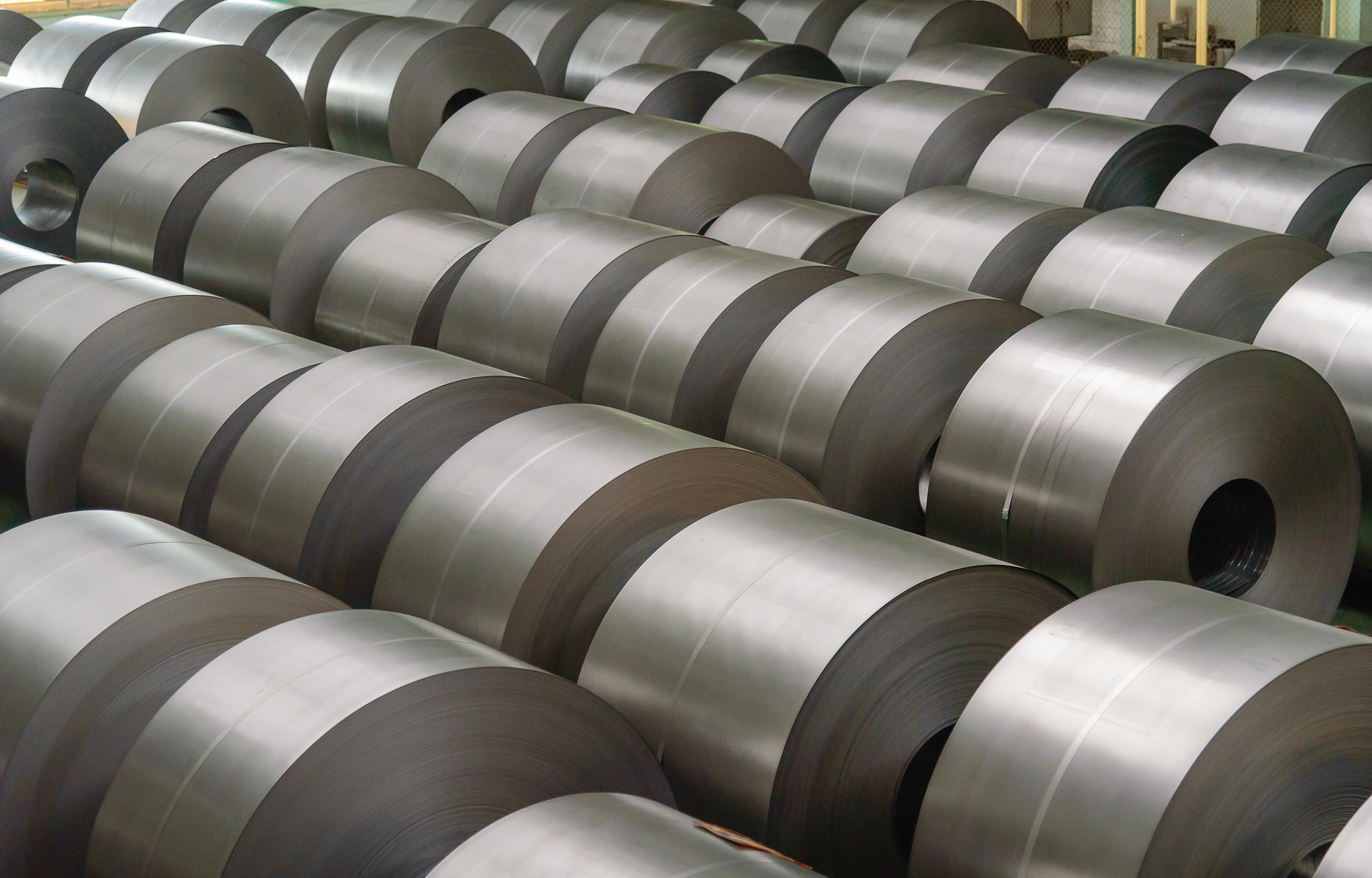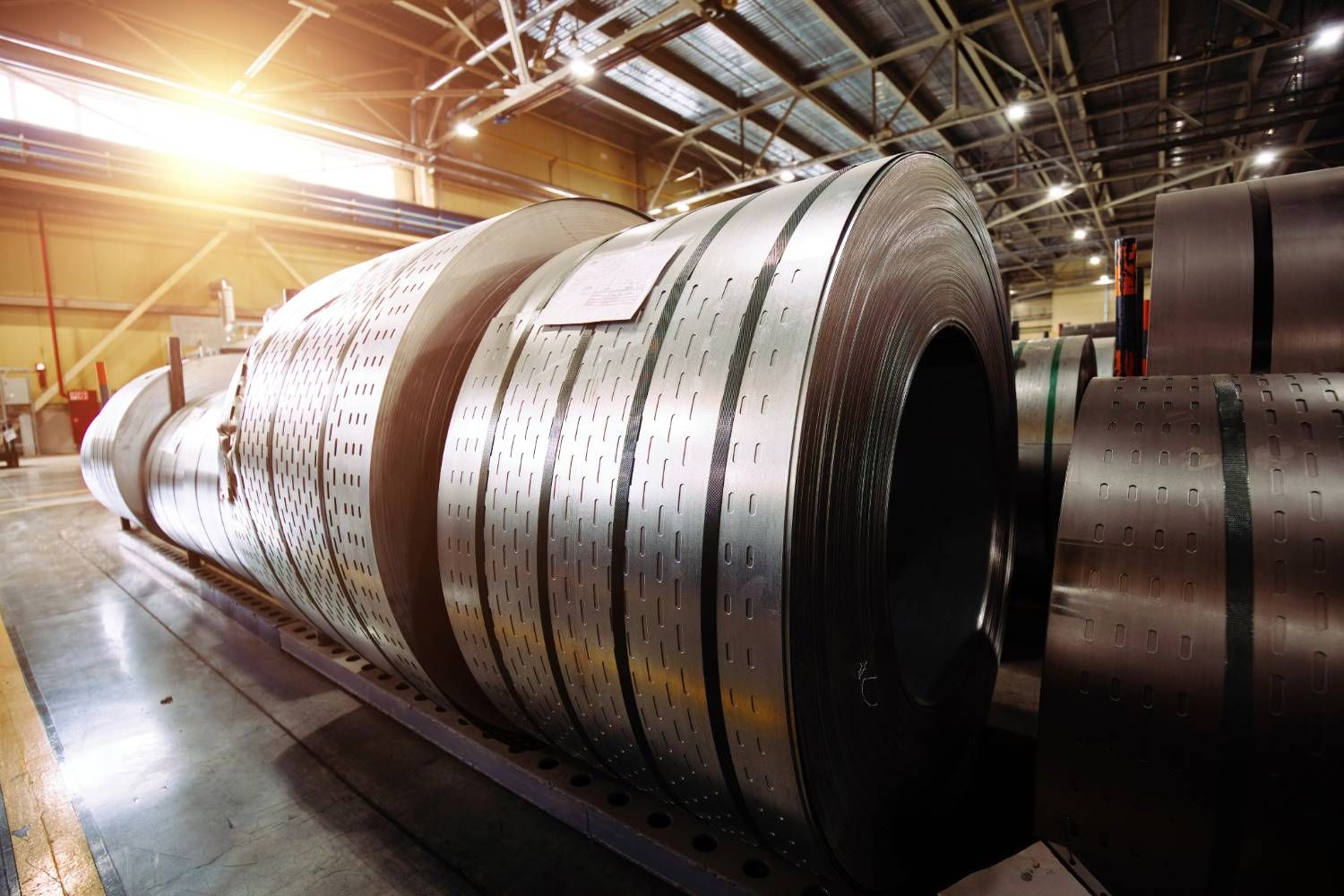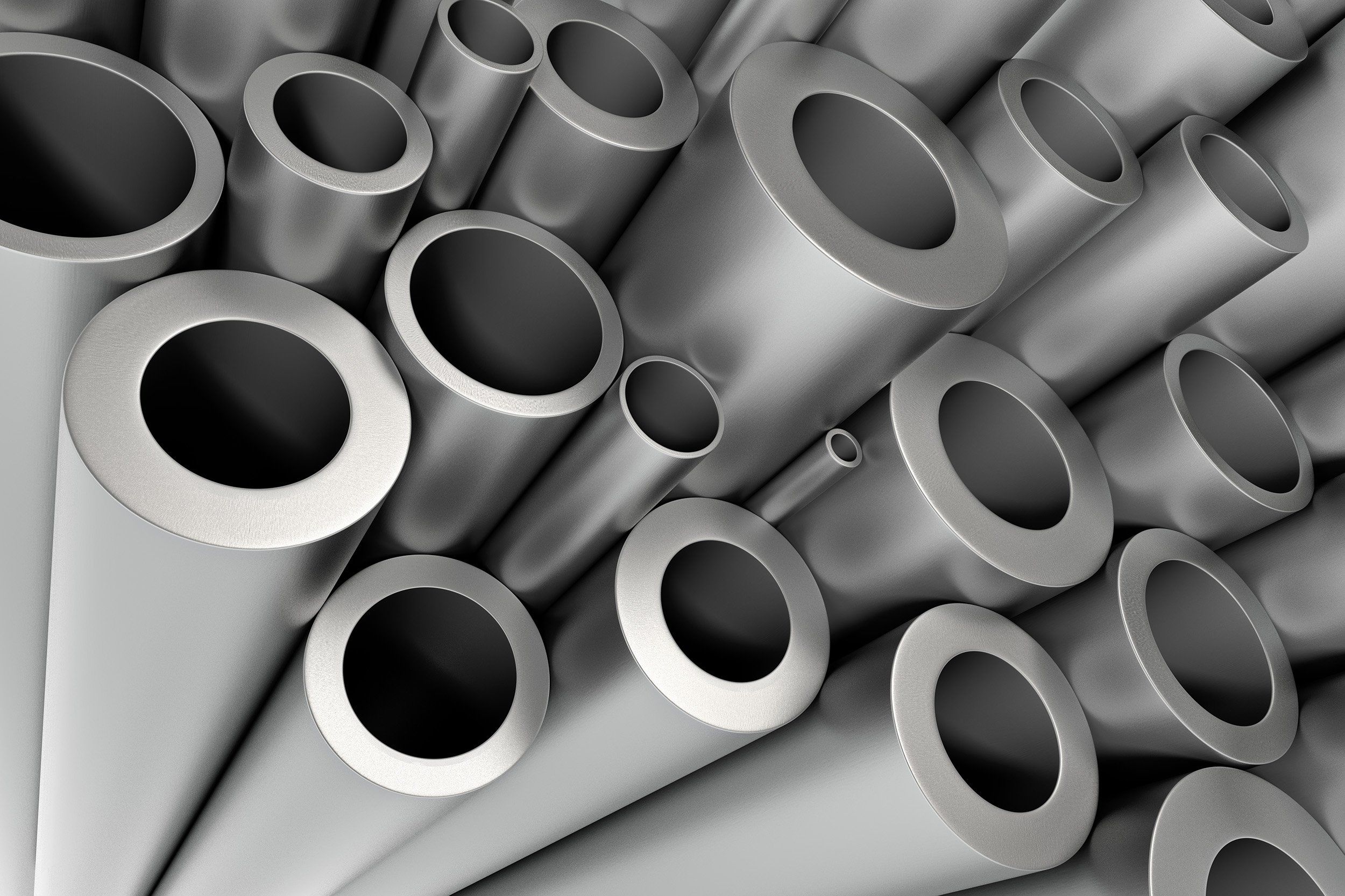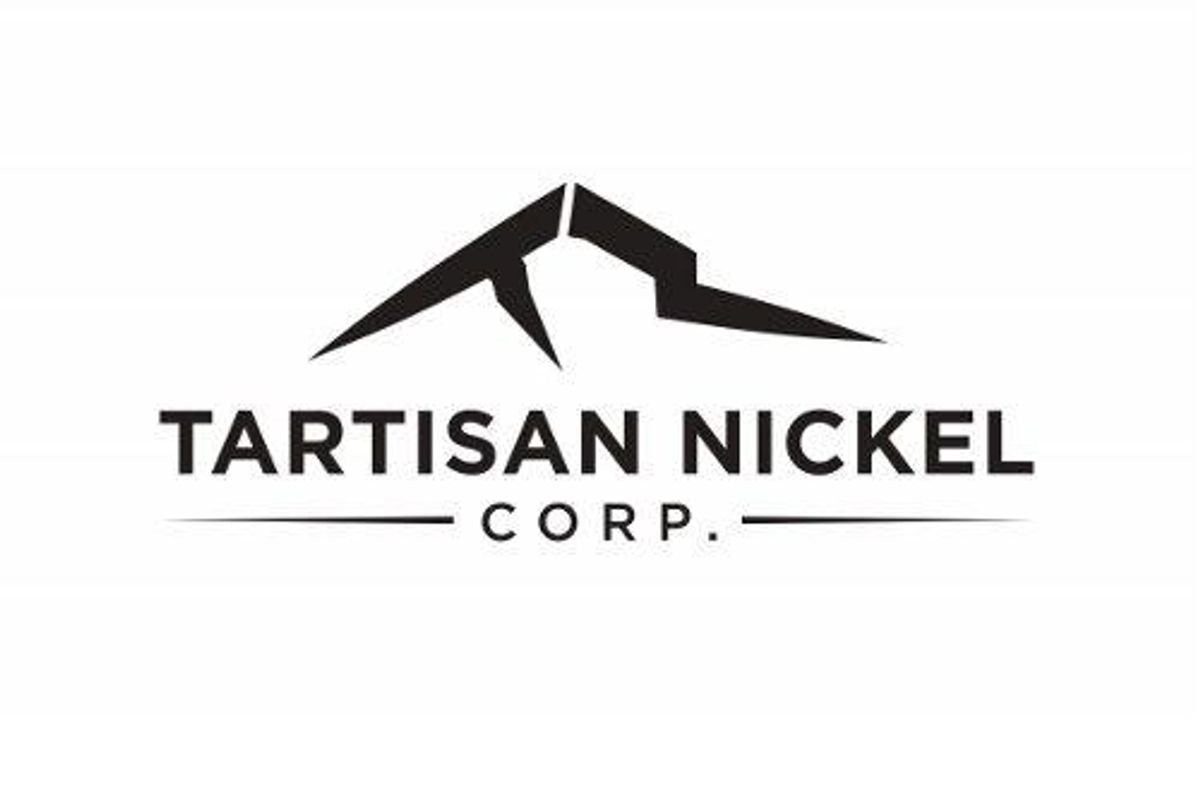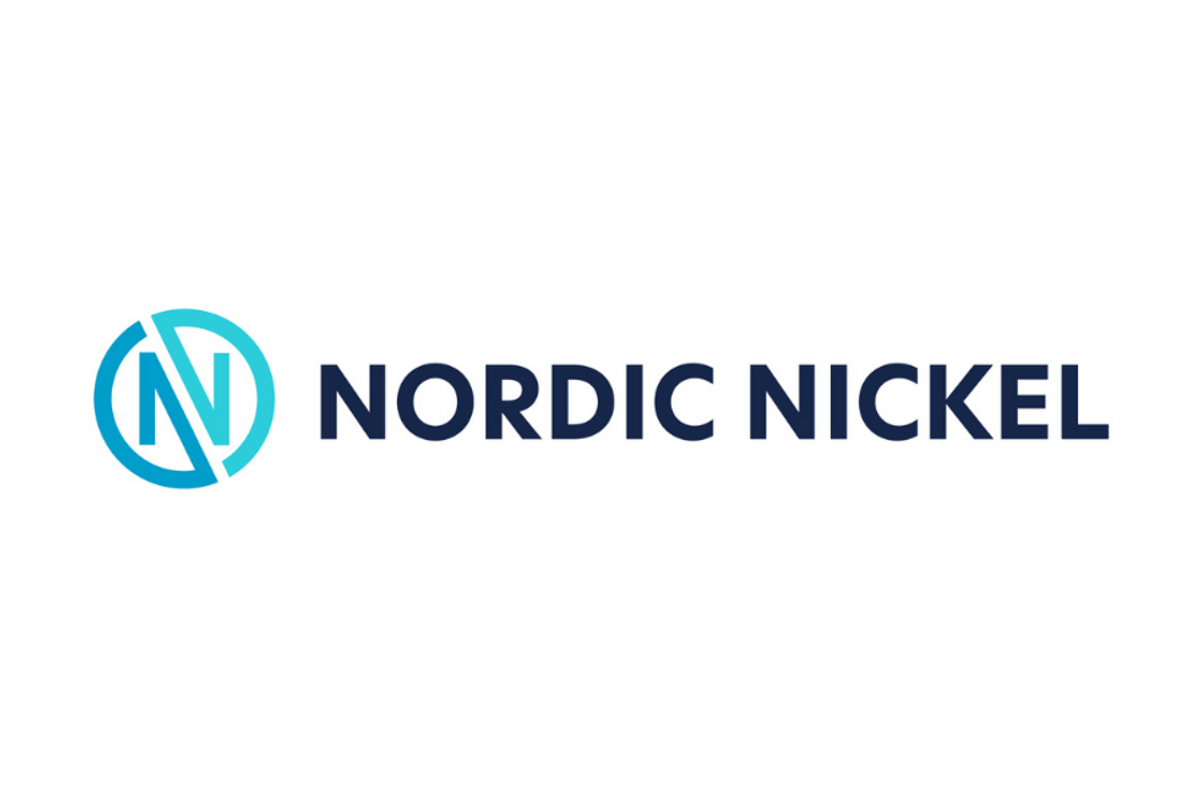
September 24, 2024
Metallurgical testing and BOT sampling results scheduled for Q4 2024. Strategic partner discussions advancing.
Nickel sulphide explorer Nordic Nickel Limited (ASX: NNL; Nordic, or the Company) announces the successful completion of a A$1.05 million capital raising to support the Company’s ongoing exploration and project development activities in Finland while adding working capital to allow strategic partnership discussions to continue.
HIGHLIGHTS
- Firm commitments received to raise over A$1.05 million through a placement at A$0.06 per share.
- The placement was priced at the last closing price and a nil discount to the 15-day VWAP - a strong show of support from existing shareholders for the Company’s critical minerals projects and development strategy in Europe.
- The Company’s key focus is to maintain the district scale nickel-copper-cobalt opportunity represented by the Pulju tenement package in Finland while avoiding unnecessary dilution for shareholders at a difficult time in the nickel market.
- The Company continues to advance strategic partnership options to progress the Pulju Project in the meaningful fashion it deserves.
The funds raised through the placement will allow the Company to advance towards its goal of becoming a major long-term European supplier of sustainably sourced, traceable, class-1 nickel sulphides, and other critical metals, from its flagship Pulju Project in northern Finland.
The Pulju Project is an exceedingly rare, district scale nickel-copper-cobalt exploration and development opportunity within a progressive mining district in Europe, hosting both shallow, disseminated nickel sulphides and high-grade massive/remobilised sulphides. The project already hosts an in-situ JORC (2012) Mineral Resource Estimate of 418Mt at the Hotinvaara Prospect containing 862,800t Ni, 22,100t Cu and 40,000t Co1.
To date, the Company has drilled 28 diamond holes for 15,432m at Pulju, within the Hotinvaara licence area only, it being the sole licence granted at the time of the drill campaign in 2023, with multiple wide intersections reported within the prospective ultramafic unit1. The drilled area represents just 2km of the known 35km of mineralised strike that lies within the Pulju project area, highlighting the strong potential for resource growth.
It is intended that later drilling at Pulju will focus on increasing the size of the known resource and, importantly, focus on the structures that may have trapped and concentrated the extensive remobilised sulphides found at Pulju. The thin zones of concentrated, remobilised nickel-iron sulphides so far intersected at Hotinvaara have attained grades of up to 9.6% Ni2, demonstrating that Pulju has the potential for a style of extremely high-grade nickel sulphide mineralisation that has yet to be targeted.
Upcoming Catalysts and Work Program
The Company will continue its work program planned for the next 12 months, and this includes a large amount of work that is near completion, but also detailed technical desktop studies that will underpin regional and localised drill targeting. These are expected to deliver strong value creation catalysts for shareholders.
Proposed upcoming work programs and key catalysts include:
- Metallurgical Test Results from Hotinvaara: These results will be important to assess the economic potential of the project, not only at Hotinvaara itself, but throughout the Pulju Belt, given that this style of mineralisation appears to be widespread based on historical regional drilling3.
- Resource Model: The metallurgical testing should allow the Company to refine the Hotinvaara resource estimate based on the laboratory scale nickel and cobalt results.
- Base of Till (“BOT”) Drilling Database Results: A new database of over 10,000 historical BOT assay samples have been obtained which, combined with the Company’s own recent BOT drilling at the newly granted Holtinvaara licence, will allow the Company to further assess nickel, cobalt and copper prospectivity across the Pulju Belt.
- Regional Structural Analysis for High Grade Targeting: An important component in targeting high-grade nickel and copper sulphide mineralisation within the Pulju Greenstone Belt will be to undertake detailed regional structural analysis and interpretation. This will highlight structural features that may host depositional trap sites for remobilised sulphides and can be integrated with existing datasets such as the detailed magnetic survey and the BOT sampling database to prioritise drill targeting.
- Strategic Discussions (2024): Ongoing strategic investor and joint venture discussions with various interested parties are expected to be finalised in 2025.
Click here for the full ASX Release
This article includes content from Nordic Nickel, licensed for the purpose of publishing on Investing News Australia. This article does not constitute financial product advice. It is your responsibility to perform proper due diligence before acting upon any information provided here. Please refer to our full disclaimer here.
NNL:AU
The Conversation (0)
03 July 2024
Nordic Resources
Exploring district-scale nickel asset in Finland to support growing demand
Exploring district-scale nickel asset in Finland to support growing demand Keep Reading...
28 May
Total Finland Gold Resources Increase to 961,800oz AuEq
Nordic Resources (NNL:AU) has announced Total Finland Gold Resources Increase to 961,800oz AuEqDownload the PDF here. Keep Reading...
25 May
A$3.5M Institutional Placement and New Chairman Appointed
Nordic Resources (NNL:AU) has announced A$3.5M Institutional Placement and New Chairman AppointedDownload the PDF here. Keep Reading...
21 May
Trading Halt
Nordic Resources (NNL:AU) has announced Trading HaltDownload the PDF here. Keep Reading...
11 May
Excellent Gold Intersections Verified at Kiimala Project
Nordic Resources (NNL:AU) has announced Excellent Gold Intersections Verified at Kiimala ProjectDownload the PDF here. Keep Reading...
23 April
Quarterly Activities Report & Appendix 5B
Nordic Resources (NNL:AU) has announced Quarterly Activities Report & Appendix 5BDownload the PDF here. Keep Reading...
23 December
Top 5 ASX Nickel Stocks of 2025
Although countries around the world have been adding nickel to their critical minerals lists, many nickel companies have faced difficulties due to a tough price environment.Nickel prices stagnated during the second half of 2025 as market surpluses met weak demand growth.Much of the supply... Keep Reading...
22 December
Nickel Price Forecast: Top Trends for Nickel in 2026
Nickel prices were stagnant in 2025, trading around US$15,000 per metric ton (MT) for much of the year.Weighing heavily on the metal was persistent oversupply from Indonesian operations. Meanwhile, sentiment remained weak amid soft demand growth from the construction and manufacturing sectors,... Keep Reading...
22 December
Lundin to Sell Eagle Nickel-Copper Mine and Humboldt Mill to Talon Metals
Lundin Mining (TSX:LUN,OTC Pink:LUNMF) has agreed to sell its Eagle mine and Humboldt mill in Michigan to Talon Metals (TSX:TLO,OTCID:TLOFF), pivoting its US-based operations to focus on domestic supply. The transaction will see Lundin Mining receive 275.2 million Talon shares, representing 18.4... Keep Reading...
19 December
Nickel Price 2025 Year-End Review
After peaking above US$20,000 per metric ton (MT) in May 2024, nickel prices have trended steadily down. Behind the numbers is persistent oversupply driven by high output from Indonesia, the world’s largest nickel producer. At the same time, demand from China's manufacturing and construction... Keep Reading...
01 December
Tartisan Nickel Corp. Acquires Apex Claims Contiguous to the Kenbridge Nickel Copper Cobalt Project, Northwestern, Ontario
Tartisan Nickel Corp. (CSE: TN,OTC:TTSRF) (OTCQB: TTSRF) (FSE: 8TA) ("Tartisan", or the "Company") is pleased to announce that it has completed the purchase of three claims historically identified as the "Apex Claims" located in the Atikwa Lake region, in the Kenora Mining District, Northwestern... Keep Reading...
03 November
Top 5 Canadian Nickel Stocks of 2025
Nickel prices have experienced volatility in the past few years due to supply and demand uncertainty. While demand has been consistent, prices have been mainly influenced by structural oversupply stemming from high output from Indonesia, which rapidly increased output in recent years to become... Keep Reading...
Latest News
Interactive Chart
Latest Press Releases
Steadright Grants Stock Options
24 December
Silverco Confirms No Material Change
24 December
Related News
TOP STOCKS
American Battery4.030.24
Aion Therapeutic0.10-0.01
Cybin Corp2.140.00

